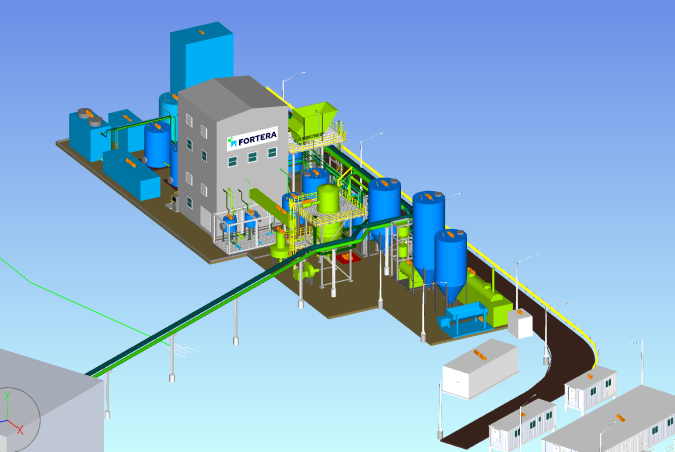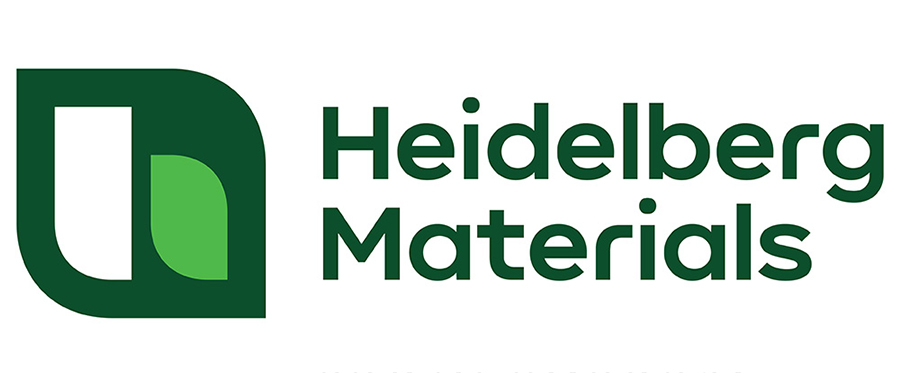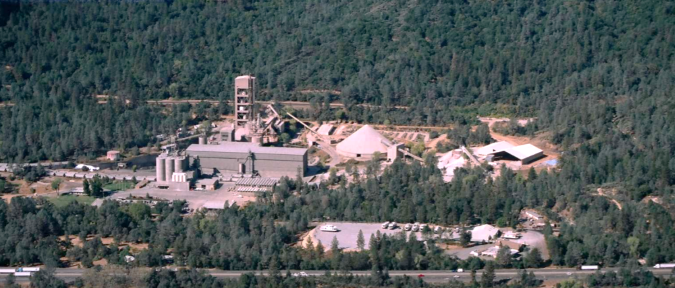Lehigh Hanson, Inc., a leading supplier of construction materials in North America and a subsidiary of HeidelbergCement Group and Fortera Inc., a Silicon Valley-based Materials Technology Company, are pleased to announce their collaboration to reduce greenhouse gas emissions from portland cement production. The two companies will work together to construct and operate a small commercial plant at Lehigh’s Northern California cement facility. The plant will capture CO2 from the kiln exhaust and convert it into a cementitious material that will be used to produce high quality concrete. “We feel very fortunate to be a part of this exciting project and we are confident that this will be a key step toward our goal of zero net CO2 emissions,” said Dan Fritz,
President of Lehigh Hanson’s West Region.
The plant will be the first installation of its kind to capture CO2 directly from a cement kiln and convert it to a profitable product. “This collaboration with Lehigh Hanson will prove the commercial scalability, the quality of the final product, and the competitive economics of the Fortera process,” said Dr. Ryan Gilliam, CEO and Co-Founder of Fortera. “The Fortera process has been designed to utilize the existing cement infrastructure, from the quarry to the kiln, but with less CO2 emissions, lower energy, and lower processing temperatures, leading to 60% lower CO2 emissions per tonne of product.”
Fortera’s proprietary recarbonation (ReCarbTM) process works by tapping into the existing feedstock and equipment at the plant which means production carries on business as usual from the quarry to the kiln. Fortera differs where instead of releasing CO2, the kiln exhaust is captured and mineralized into cementitious material. This product can then be co-blended with portland cement and used by ready mixed concrete producers as a Supplementary Cementitious Material (SCM) or used as a 100% cementitious binder for preformed materials such as bricks, blocks, and precast structures.

Fortera’s process was designed to allow cement producers to progressively transition to lower carbon emissions through adoption of the carbon capture technology on-site. Every dollar invested in carbon capture equipment is recouped through a proportional replacement of cement with sellable material. "There isn’t another competitive low carbon cement technology that reduces CO2 by 60% and has a realistic pathway to zero carbon emissions. The ability to make this product at or below the current cost of traditional cement without carbon subsidies or financial incentives is going to blow this market wide open.” said Vinod Khosla, leading cleantech investor and founder of Khosla Ventures. Fortera promises to show the world there is a way to significantly reduce CO2 emissions in cost-effective manner.


